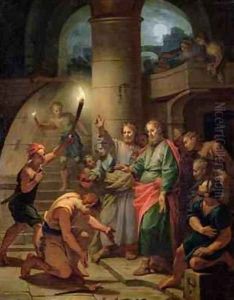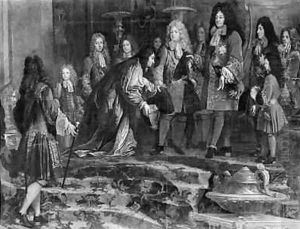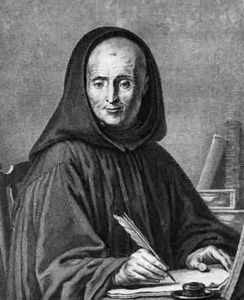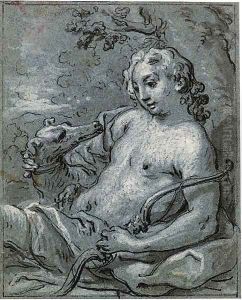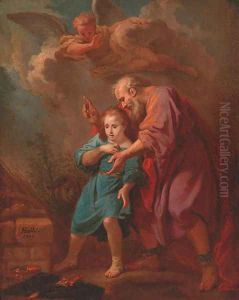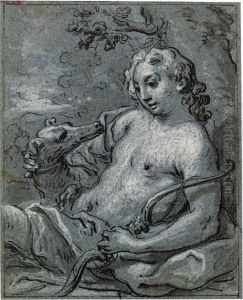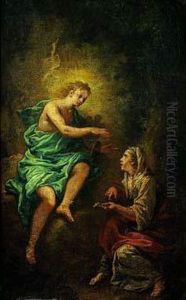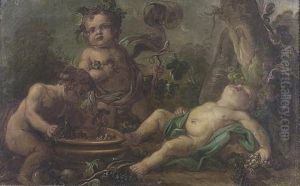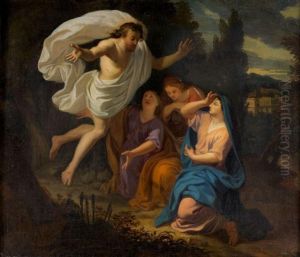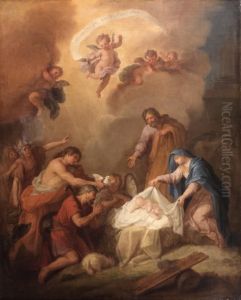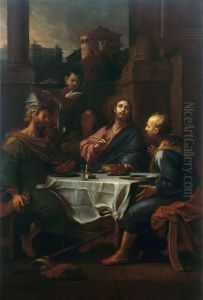Claude-Guy Halle Paintings
Claude-Guy Hallé was a French painter born on May 3, 1652, in Paris. Coming from a family with a strong artistic background, his father, Daniel Hallé, was also a painter, which provided a nurturing environment for his early interest in the arts. Claude-Guy was admitted to the Royal Academy of Painting and Sculpture in Paris at a young age, where he was able to study under prominent artists such as Charles Le Brun, who was the leading French artist and art theorist of his time and a dominant figure in 17th-century French art.
Hallé won the Prix de Rome, a French scholarship for arts students, notably painters and sculptors, that established his reputation as a talented artist. This award allowed him to study at the French Academy in Rome, which was a pivotal experience in his artistic development.
Throughout his career, Hallé was known for his history paintings, which were a genre of painting that depicted scenes from classical history, mythology, and the Bible. He became a professor at the Royal Academy and later was appointed 'Premier peintre du Roi', which translates to 'First Painter of the King', serving under Louis XIV. One of his most notable works is 'The Miracle of Theophilus', which showcases his mastery in composition and his ability to convey drama and emotion through his paintings.
Hallé's style was characterized by a combination of academic rigor, clarity of form, and a harmonious use of color. He was influenced by his predecessors from the classical French Baroque tradition but was also open to the influences of the Italian painters he studied during his time in Rome.
Claude-Guy Hallé passed away on March 5, 1736, in Paris. His works continue to be appreciated for their contribution to French classical painting, and they can be found in various museums and collections around the world. His legacy lived on through his sons, who also became painters, thus continuing the family tradition.
